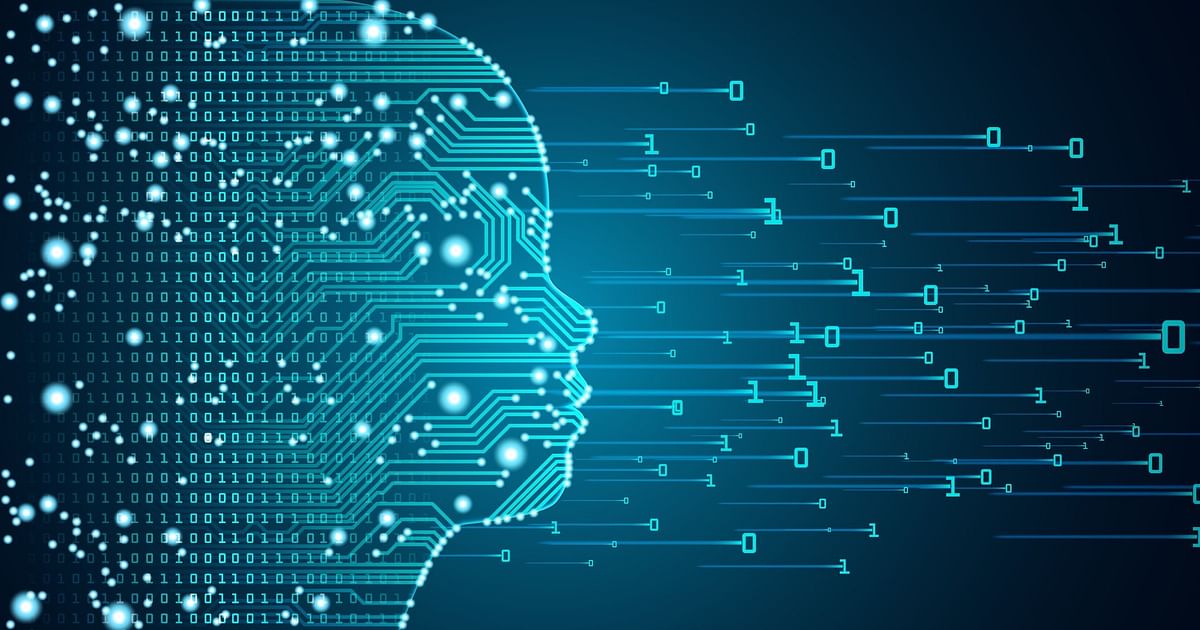The Swiss technology company FinalSpark has announced that it will offer universities biocomputers made from human brain cells for rent for research purposes.
FinalSpark’s biocomputers, also called organoids, are small clusters of the human brain’s nerve cells. They can be used to train large language models (LLMs) of generative artificial intelligence (Gen. AI) better than power-hungry computers and servers with GPU technology.
FinalSpark will offer organoids to research institutes for $500 a month. Already, more than 30 universities worldwide, including the University of Michigan, the Free University of Berlin and Lancaster University in Germany, have expressed interest in renting organoids, reports Interesting Engineering.
Are organoids a better alternative to computer servers for training AI models?
The organoids are expected to be extremely efficient in terms of energy consumption compared to the Gen-AI model, which requires powerful servers to operate.
For example, an average household in the US uses about 29 kWh of electricity. And training a small AI model could use about 50 kWh of electricity. That’s enough to power an average household for almost two days.
For comparison: The human brain requires about 20 watts of power for optimal functioning, which corresponds to an electricity consumption of 0.5 kWh per day.
In theory, biocomputers (also called organoids) can replicate efficiencies of up to 1 kWh to train AI models, and have the potential to replace power-hungry 50 kWh AI servers.
However, biocomputers are still in the experimental stage and have a long way to go. Several technical challenges must be overcome to prove their ability to run large AI models on par with current AI computer servers.
Organoids, for example, can only survive for 100 days and must be transferred into a fresh, new stack of neuron clusters to maintain the memory created.
And to train AI models on organoids, scientists use complex measures. As a reward for a correct reaction, they release dopamine, a feel-good hormone. If there is a negative reaction, they emit an electrical impulse.
When training AI models on computers and servers, numerical codes are assigned to the machines. This allows the AI models to recognize whether the answer was right or wrong and try not to repeat mistakes or avoid certain words in their answers to users.
If biocomputers achieve the high energy efficiency of the human brain, they have the potential to replace conventional computers for training AI models in the near future.
Get the latest news on new products, gadget reviews, apps, cybersecurity and more on personal technology only at DH Tech
Published 26 August 2024, 09:51 IS

